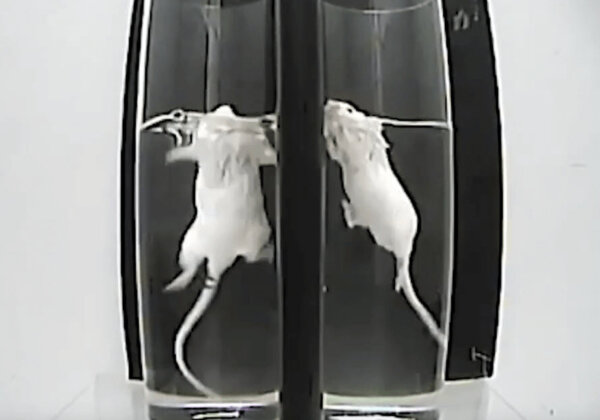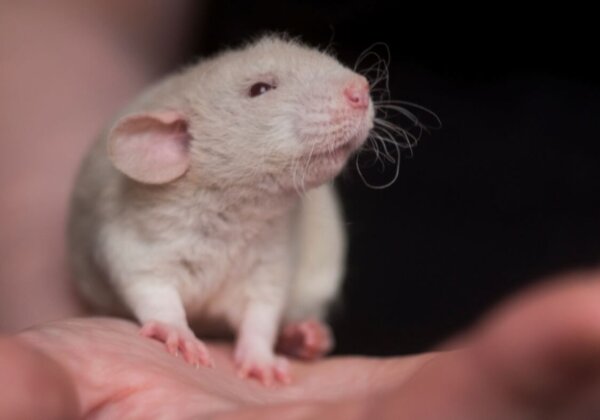Ways COVID-19 Researchers Are Avoiding Archaic Tests on Animals
With the world in the grip of a pandemic, scientists are working hard to develop much-needed treatments and vaccines for COVID-19.
In this time of great uncertainty and confusion, there’s one thing we do know for sure: experimenting on animals is not only unethical but also unjustifiable from a scientific perspective.
The US National Institutes of Health (NIH) reports that 95 out of every 100 drugs that pass animal tests fail in humans, because they are either unsafe or ineffective. Mice – who have to be genetically engineered just to be susceptible to the disease – show only mild symptoms of COVID-19. Dr Stanley Perlman, a coronavirologist at the University of Iowa, notes that infecting mice “doesn’t really tell you much about how the virus causes disease”.

While some scientists in Australia are wasting time testing a possible COVID-19 vaccine on ferrets, we were heartened to learn that, in order to speed up the development of a potential coronavirus vaccine, NIH decided to bypass a lengthy animal testing phase in favour of testing the vaccine directly in humans.
Given the scale and seriousness of this pandemic, researchers can’t afford to waste time conducting useless tests on animals.
Here are some more examples of innovative ways that coronavirus researchers around the world are avoiding cruel and archaic tests on animals in favour of cutting-edge, human-relevant methods:
- Three-dimensional reconstructed human respiratory tissue models, such as those from Epithelix Sàrl and MatTek Life Sciences, can be used to study COVID-19 infection and screen for potential treatments. A long-time supporter of the two companies, the PETA International Science Consortium helped fund the development of a first-of-its-kind model of the lower respiratory tract, available from MatTek Life Sciences.
- Scientists at Gauhati University, India, used advanced computer simulation methods to work out which parts of the virus are best suited to triggering an immune response in humans. This work could aid the design of safe and effective vaccines against COVID-19.
- Researchers at the University of Bristol are growing the virus in cells to gain a better understanding of the way it spreads and causes sickness. Using this technique, they can find out whether it mutates under certain conditions. Unlike pointlessly infecting mice, this work provides crucial information about how the virus causes disease.
- Following work by Chinese scientists to show that the anti-malarial drug chloroquine was able to kill the virus in infected cells, a series of small trials were set up in Chinese hospitals to test its effectiveness in treating human COVID-19 patients. The drug proved safe and effective. A clinical trial is now underway at the University of Oxford to test chloroquine in 10,000 human patients.
- Researchers at Oak Ridge National Laboratory in the US are using Summit – the world’s smartest and most powerful supercomputer – to identify existing drugs that could be effective in treating COVID-19 in humans. Based on the physical properties of the virus and of each drug, the computer predicts how the two might interact. The effectiveness of promising drugs can then be measured by testing them on cells infected with the virus.
Join the Humane Science Revolution
The tide is turning, and more and more forward-thinking scientists are adopting research methods that benefit humans without harming animals. Help keep up this momentum by putting pressure on the Victoria University of Wellington to spare animals near-drowning in the cruel forced swim test by clicking the link below:







